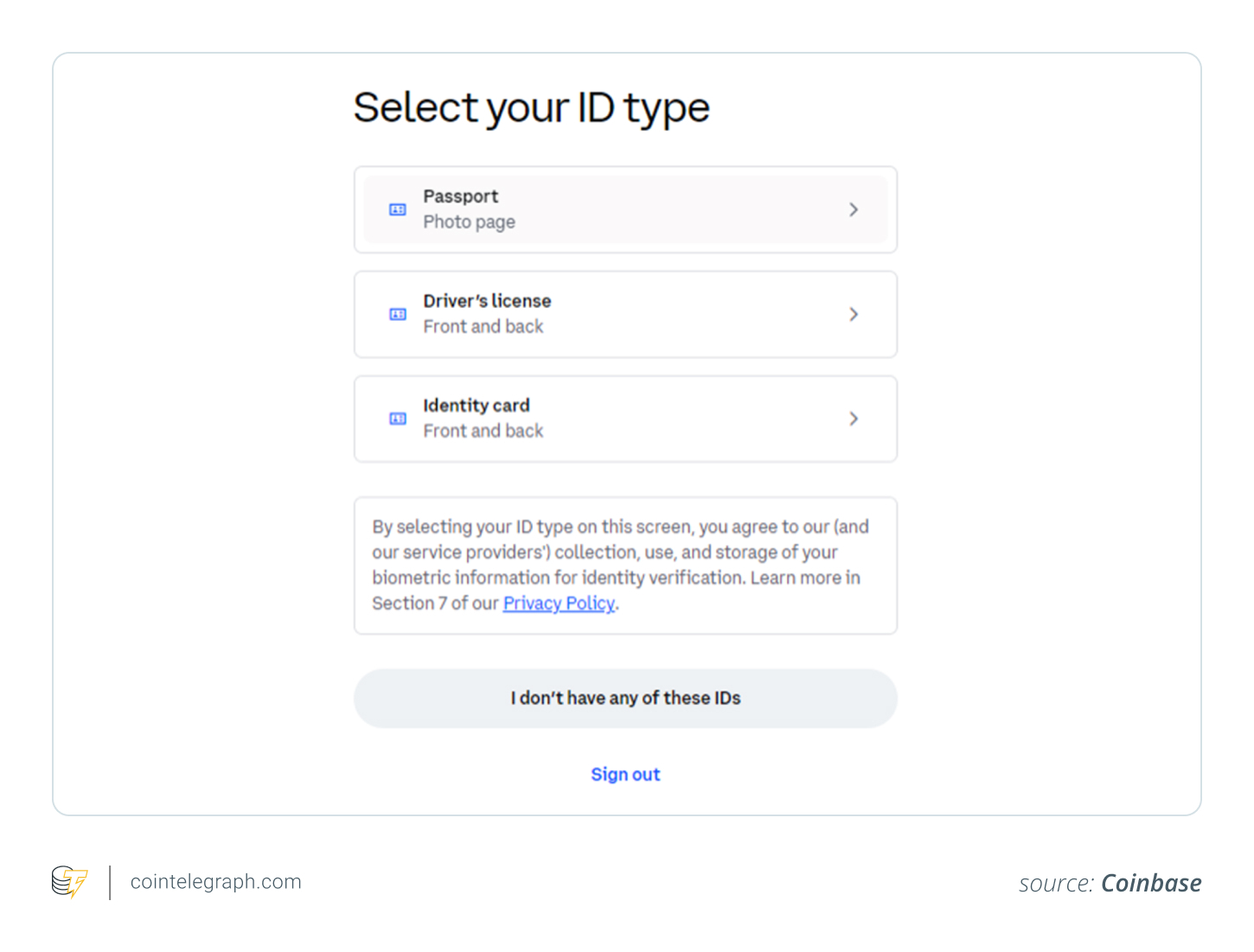Key takeaways
- DeFi staking allows crypto investors to generate passive income by locking proof-of-stake coins to a blockchain and earning rewards while supporting blockchain transactions and security.
- The process offers a more accessible alternative to earning crypto through mining, with participants validating transactions and earning based on the amount of crypto they have committed to stake.
- DeFi platforms like Coinbase and Binance make it easy to start staking in a few clicks, while those more advanced can use Web3 crypto wallets to access a wider choice of decentralized staking protocols.
- Decentralized finance staking does have risks, including smart contract vulnerabilities, validator penalties (slashing, impermanent loss and constraints that must be factored in for investors).
Watching your cryptocurrency sit and do nothing is frustrating. Yes, you can enjoy excellent capital appreciation in the long term, but wouldn’t it be nice to earn some rewards on your holdings?
Many crypto investors are still missing out on earning passive income with decentralized finance (Coinbase.
1. Go to Coinbase.com to create and verify an account. During the signup process, you must provide personal details and government ID to pass Know Your Customer (KYC) checks.

2. Once verified, you’ll need to fund your account. You can do this using either crypto or fiat currency. To deposit fiat, click the “Deposit cash” option on the right sidebar. Then, select your deposit method.

3. Choose your staking coin. Not all crypto can be staked; you must ensure you hold a stackable crypto. Ether (ETH) is a popular choice as it is the second-largest crypto, but you could also look at other top coins like Solana (SOL), Cardano (ADA) and Toncoin (TON). You can use the convert function of the right sidebar to trade funds into PoS coins like Ether.

4. Click “My Assets” on the left sidebar. Select the asset you want to stake and click “Stake now” or “Stake more.” Then, input the amount you wish to stake and confirm the action. Your crypto will then be locked into a smart contract and start earning rewards.
To use the crypto, you’ll need to unstake it. This can often have a cooling-off period where you must wait days or weeks before your funds are available to trade.

As you become more confident, you can start staking coins directly from a self-custody wallet and specialist DeFi protocols.
Did you know? Liquidity issues that staking creates have prompted a new industry called “liquid staking,” which enables users to stake crypto and receive a liquid token to use or trade elsewhere in Web3.
What is restaking in DeFi and how does it work?
Restaking is an emerging DeFi strategy that allows users to earn additional rewards on top of their original staking yields. Instead of letting staked tokens sit idle, restaking involves reusing those staked assets across multiple protocols, typically to help secure other networks or services.
For example, with platforms like EigenLayer, users can restake Ethereum they’ve already committed to Ethereum’s PoS network, and earn extra incentives by supporting external applications or infrastructure layers.
While restaking can boost overall yield, it also introduces additional smart contract and slashing risks, since the assets are now tied to multiple systems. As with all DeFi strategies, users should weigh the potential rewards against the risks before participating.
Benefits of staking PoS coins in DeFi
Many PoS staking coins have enjoyed exceptional growth in recent years due to the attractive benefits they offer:
- Passive income: DeFi staking rewards offer investors returns on their assets, often between 4% and 20% APY.
- Secure blockchains: PoS activity improves the security and robustness of blockchain networks.
- Accessibility: Lower barrier to entry than PoW mining, which requires expensive specialized hardware.
- Governance: DeFi staking participation often opens up governance voting rights on protocols and blockchains.
- Capital appreciation: Crypto assets can appreciate in value alongside earning staking rewards.
Risks of DeFi staking you should know
While many will be attracted to participate thanks to the prospect of easy gains, they should not forget that potential risks lie in wait:
- Smart contract vulnerability: Poorly written smart contract code can be exploited by hackers or lead to failures, which can cause loss of staked assets.
- Protocol or governance risks: Some staking programs are governed by DAOs; changes in protocol rules, tokenomics or rewards distribution through governance votes can negatively impact your staking returns or asset value, especially if you don’t actively participate in governance decisions.
- Slashing: Validators who misbehave or have downtime can incur penalties, including fines from the staked collateral.
- Exit scams and rug pulls: Especially in unaudited or newer DeFi platforms, there's always a risk of developers intentionally pulling liquidity or abandoning the project, leaving stakers with worthless tokens or locked assets.
- Impermanent loss: This is a temporary loss when the price of assets in the liquidity pool changes; it can make the value of a liquidity position worth less than just holding the asset.
- Liquidity and lockup periods: Most DeFi staking mechanisms require users to lock their assets for a fixed duration, ranging from several days to months. During this time, you can’t freely trade or react to market swings, making it harder to exit positions during volatility or capitalize on other opportunities.
While DeFi staking can be a powerful tool for earning yield, it’s far from risk-free. Do your own research, use reputable platforms and never stake more than you can afford to lose. Being informed is your best protection in the fast-paced world of decentralized finance.
This article does not contain investment advice or recommendations. Every investment and trading move involves risk, and readers should conduct their own research when making a decision.


